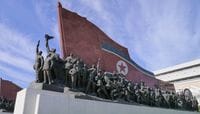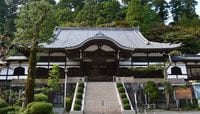TOKYO (Reuters) - Japan restarted a second reactor at the Sendai nuclear plant on the southwestern island of Kyushu on Thursday, as the government pushes ahead with an unpopular return to atomic energy in the wake of the 2011 Fukushima disaster.
Anxious to cut fuel bills, Prime Minister Shinzo Abe wants atomic power to account for 20-22 percent of the country's energy mix by 2030, but the goal is widely seen as unrealistic, and opposition to nuclear power remains widespread.
Opinion polls have consistently shown strong opposition to nuclear power among the public, even as electricity bills surged following the switch to expensive fossil fuels.
The restart of the Sendai No. 2 unit marks progress for Japan's utilities, which have been hit by huge losses after being forced to shut down nuclear plants for safety checks.
Kyushu Electric Power started the No. 1 unit at the Sendai plant in August after approval from the country's atomic regular following two years of reviews and equipment checks.
The No. 2 unit will begin power generation on Oct. 21 and is expected to enter commercial operations from around mid-November.
But it will be some time before Japan has a significant number of reactors operating, according to a recent Reuters analysis that found just seven of 42 operable ractors are likely to be turned on in the next few years.
In the worst nuclear disaster since Chernobyl 25 years earlier, the meltdowns at the Fukushima Daiichi plant caused a release of radioactive material and forced 160,000 from their homes, with many never to return.
($1 = 124.2200 yen)
(Reporting by Osamu Tsukimori and Kentaro Hamada; Writing by Aaron Sheldrick; Editing by Richard Pullin)



